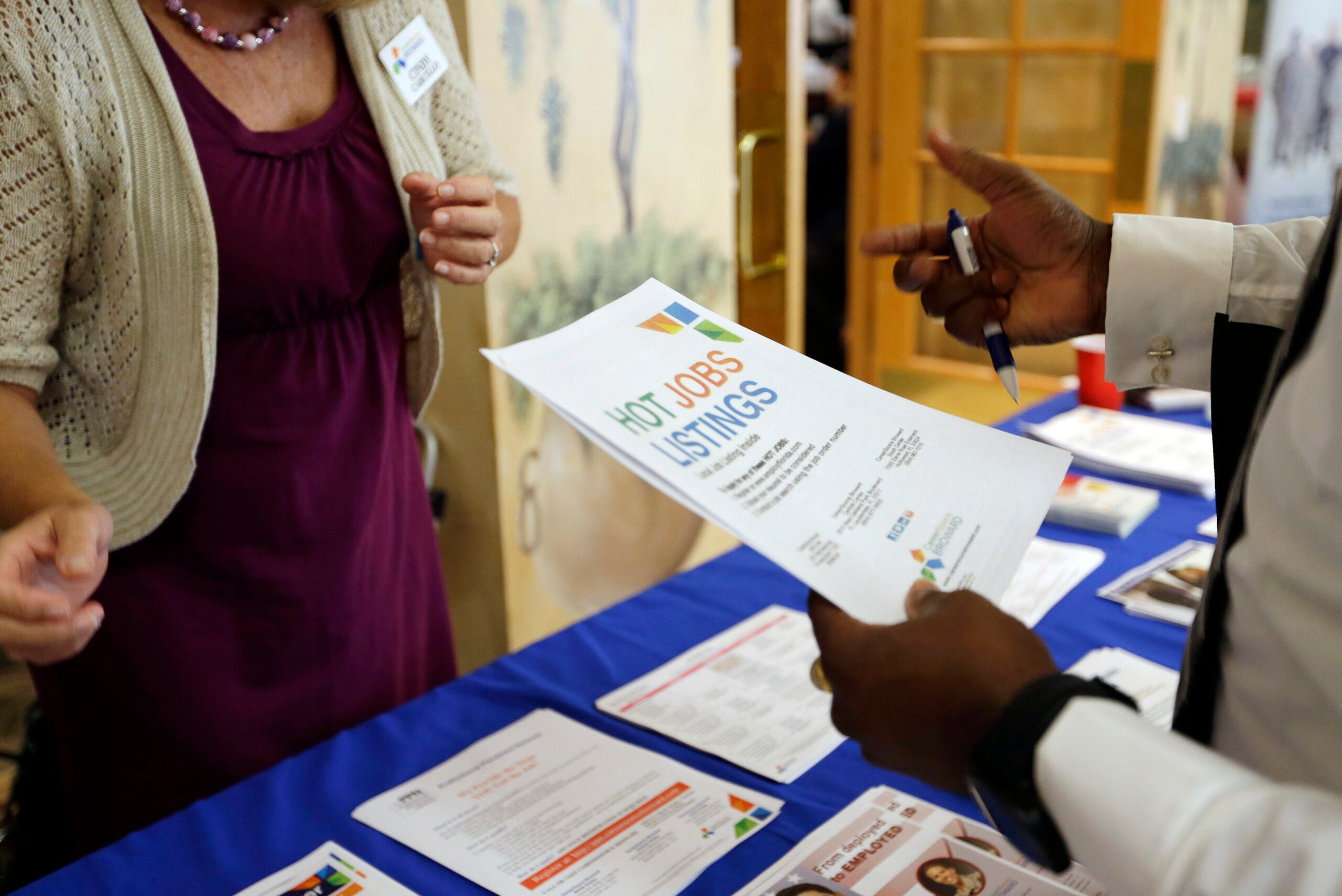Surviving the ‘September Surge’: Part 1
INDIANAPOLIS (WISH) — As summer comes to a close, the job market may be getting hotter.
Career experts have named the period between Labor Day and October the “September Surge,” a time when recruiters increase their hiring efforts.
Dr. Christina Geiselhart is an Illinois-based licensed clinical social worker who specializes in career, self-esteem, anxiety, and coping skills.
Dr. Geiselhart works with Thriveworks, a professional counseling network.
Here are her insights on how job-seekers can support their mental health during their search:
Know the schedule that will work for you.
“When you are thinking about this schedule, also factor in possible overtime as well as the commute. Some jobs may pay more but you may have to think about a longer commute. Ask yourself if this is worth the extra time out of your day or if it’s best to take a slightly lower-paying job with a shorter commute. Some jobs might require you to be on call. Will this work for you and your lifestyle or not? Be honest with yourself about your schedule and time commitments outside of work. This will help you narrow your job search to only jobs that will be a good fit,” Geiselhart said.
Think about advancement opportunities with the employer.
Geiselhart suggests that job-seekers consider factors beyond salary when evaluating a potential position.
“Other than a paycheck, are there other perks you hope to get out of the job? Some questions to consider: Do they offer on-the-job training? Do they offer tuition assistance if you want to go back to school? Do they promote from within? What are the networking opportunities?”
Consider the day-to-day environment.
“Thinking about the job and requirements is one aspect of preparing but another is thinking about the day-to-day environment you will be in. If you spend 8-12 hours of the day at work, you want to be comfortable and safe,” Geiselhart said.
Here are a few ways to help you think about the type of work environment that fits you best:
Make a list of the top 5 things important for you in a work environment.
“Maybe you know you want to work from home and never go into an office, or you want to work in more of a hybrid model where you go into the office two days a week. To help you with this list, think about your last jobs, what did you like most about the work environment? Maybe it was a nice break room or you had a nice outdoor place to sit during your breaks. Maybe you love being outside and would prefer a job where you can be outdoors the majority of your day instead of in an office. If you plan to work in a big city, you may want to consider parking as an environmental factor.”
Make a list of 3 things that are red flags about a work environment for you.
“If you know that you cannot work in a loud cubicle space with other staff around, then make sure you are not looking for jobs which would require this. Think about other physical demands of the job such as how many hours you are required to sit, stand, or walk. Think about the temperature of the workspace. If you cannot stand working in high heat or intense cold, then make sure you put this on your list,” Geiselhart said.
The job surge in September presents opportunities, but Geiselhart and other experts encourage job-seekers to prioritize mental health when choosing the best option.



